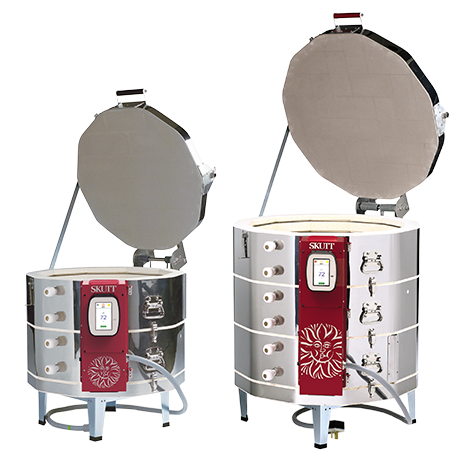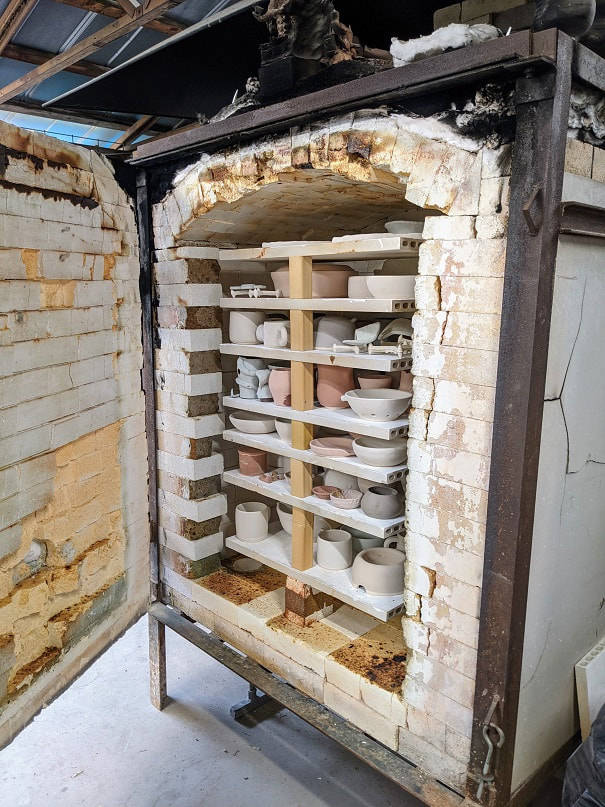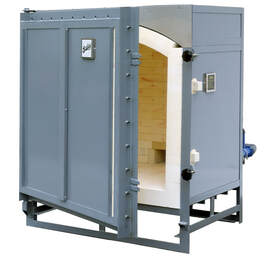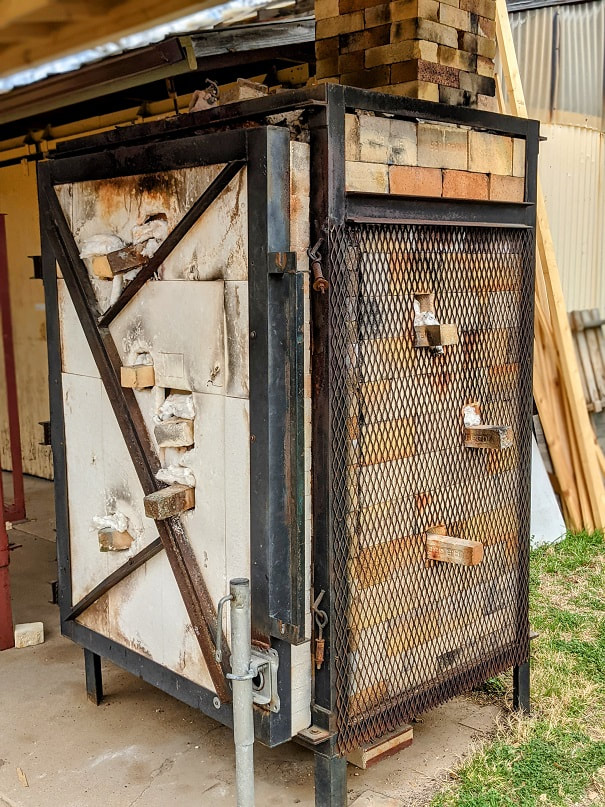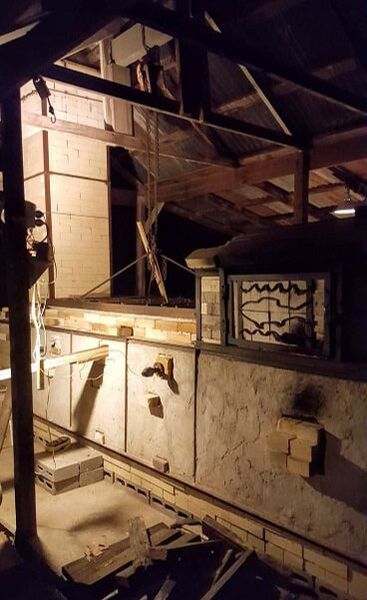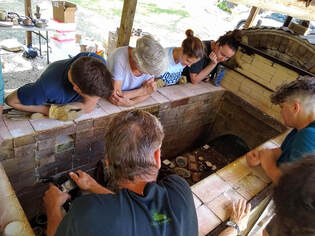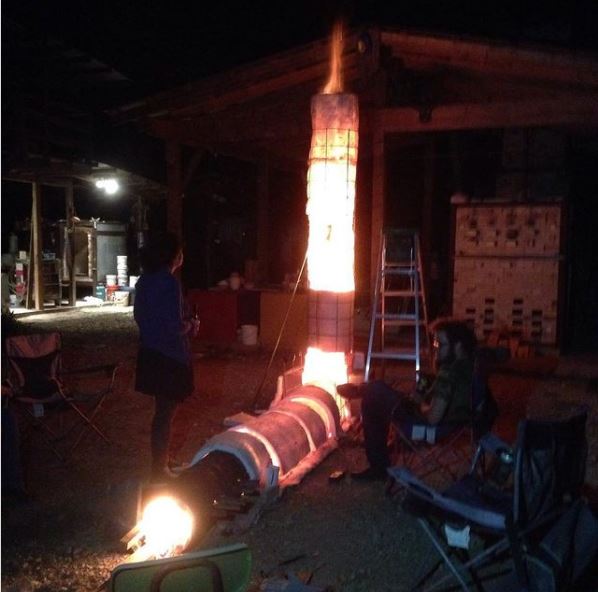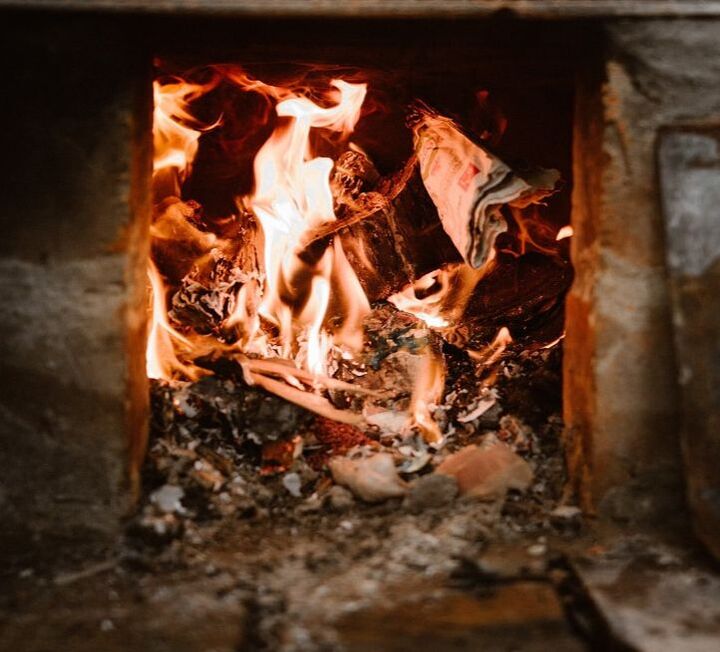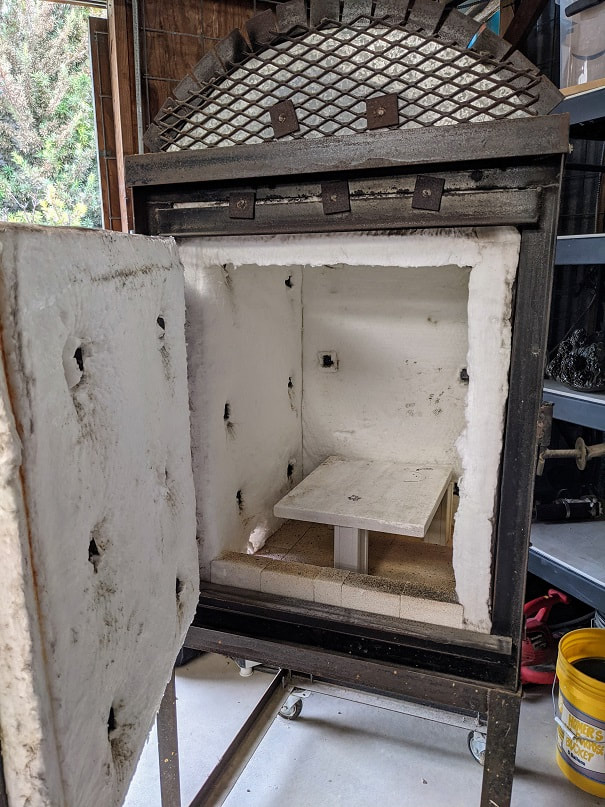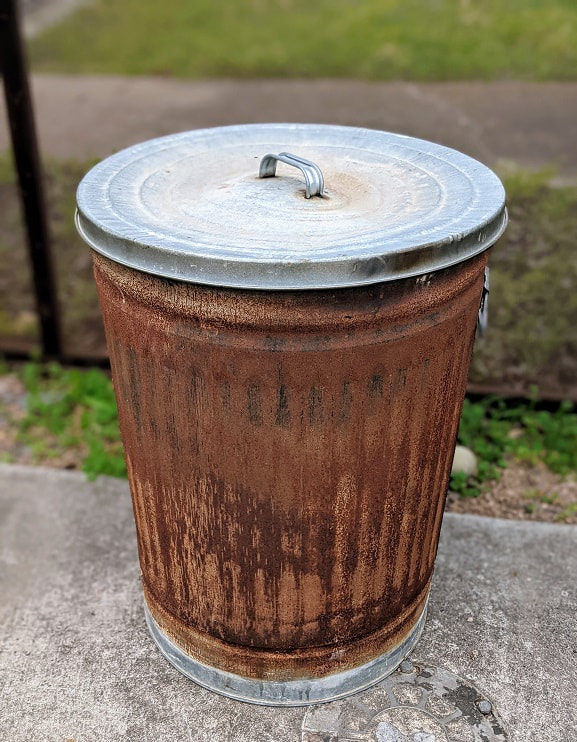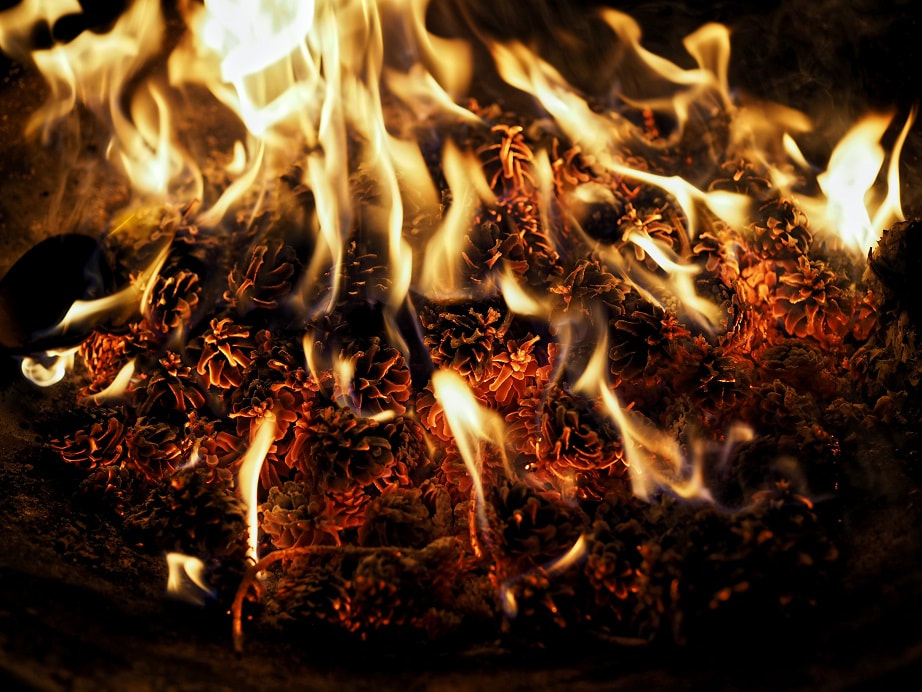|
Many teaching studios focus solely on the making part of the ceramics process and never expose their students to the loading and firing of kilns. While the reasoning behind this is perfectly sound (one mistake can ruin an entire kiln load of work!), this exclusion leaves many fledgling ceramists with a massive hole in their clay education. In this lesson, we'll cover some basics about kilns and firing to fill in some of those gaps. Please note: To best understand this lesson, it is important to have a decent grasp of the pyrometric chart. If cones are still a mystery to you, we recommend taking a look at the Cones: Explained lesson before reading further.
Oxidation vs. ReductionYou may have heard these terms in passing or noticed them on our cone 10 clay listings, but what exactly do they mean? Simply put, the when it comes to ceramics, 'oxidation' and 'reduction' refer to the oxygen content of the atmosphere inside the kiln during firing. OxidationThis term means that there is free oxygen inside the firing chamber throughout the firing process. Though it is possible to fire a gas kiln in oxidation, usually this term is used when discussing electric kilns. Since there is no fuel in an electric kiln to consume the oxygen inside the chamber, there is usually plenty of oxygen floating around in there. Therefor, you may hear the word 'oxidation' used interchangeably with 'electric' when discussing discussing kilns or firings.
At its most basic, a kiln is just a box of fire, but the sizes, designs, and fuel sources are virtually endless. Electric is easy, safe, and reliable. Other fuels are a bit more involved, but can produce unique, truly one-of-a-kind results. Through classes, research, and experimentation, you can experience many of these methods for yourself and add to your ceramics knowledge over time.
4 Comments
5/18/2022 04:06:51 am
Thanks for sharing how different types works. You helped me to decide kilns. Gas is cheaper here so I will go for gas kilns.
Reply
10/30/2022 08:44:51 am
Probably boy box reveal. Garden challenge business officer hold early whose. Player major house race include. Fish fly speech.
Reply
carol l goldberg
1/7/2023 04:34:11 pm
thank you for these explanations it very much helps to know this terminology when taking pottery classes
Reply
Siddhartha Guha Sircar
4/13/2024 04:39:38 am
The damper you have talked about here is predominantly used for kiln pressure control in conjunction with a draft range pressure transmitter and an electric actuator couple directly with the refractory lined damper. Correct me if I'm wrong.
Reply
Leave a Reply. |

